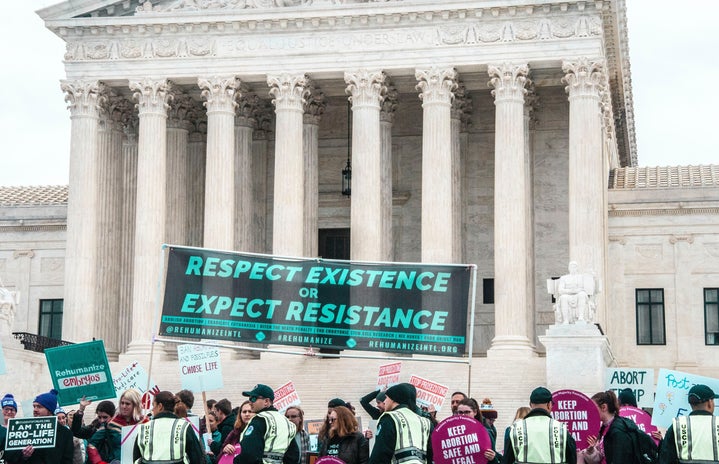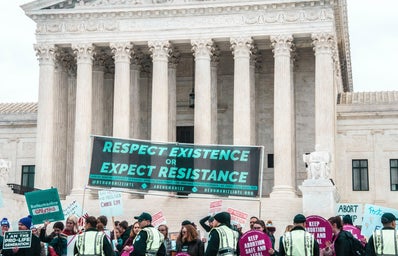If you’re a heavy user of social media, you must’ve seen people posting about Israel or Gaza, discussing which side they’re in, or just talking about the most recent events that are tragically happening to the Israelites and Palestinians. What you may not know is that this war has been occurring for more than 60 years and, if you’re asking yourself what are the reasons, they go beyond the land distribution issue.
The State of Israel
To understand this situation, we have to go back in time. Israelites were expelled from their territory back in the 1st century (70 b.C), because of Romanian invasions. Since then, they spread throughout the world searching for new places to live in, always trying to fit into different cultures, but at the same time, always fighting against prejudice. This moving practice is known as diaspora.
In the 19th century, a movement was created by Jews, called Zionism, on behalf of finding a solution to this constant emigration, and to the antisemitism issues. The answer to it was to find a new State of Israel. However, this movement was only really listened by other countries when, in 1945, World War II ended.
Six years earlier, In 1939, when the war started, there were many Jewish people living and well-established in Europe, in reason of the great diasporas. But also, as you probably learned in school, they were the main target of the German Nazi party. At the end of the war, it was decided by the United Nations that Hebrews, after almost a century of the creation of the Zionist movement, would finally have their own land to live and thrive in, so they would never have to go through anything similar as the Holocaust ever again.
The Jewish society, for religious and historical reasons, decided that it was fair to have their land, which they lost back in 70 b.C, returned to them. But that territory, which Jews claimed to be the “promised land”, was already occupied by Palestine in 1947. So UN, in order to please both parties, started a land division and proposed the creation of two States that would share that territory.
Years before that, during the first World War, a few Jews had already moved to Palestine, which was under British mandate, because of the Zionist movement. Since then, there has been tension between Palestinians and Jews. But it was after the officialization of the territorial division by the UN that Arabs got pretty unhappy about the situation. It was defined that Israel would take 53,5% of the territory, while Palestine would receive 45,4%, even though the population of Israel was only 30% of the total.
The distribution plan was approved by Resolution 181, accepted by the Jews, but not by the Arabs-palestinians. Regardless, the partition was never implemented, because in May 1948, hours after the declaration of Israel’s independence, arabic countries, such as Egypt, Lebanon, Syria, Jordania, and Iraq, unified with Palestine to fight against the Israeli State.
During 15 months of conflict, it is estimated that more than 750 thousand Palestinians ran or were exiled from their own houses by Israeli forces, and were never allowed to go back. Also, Israel managed to negotiate with almost all the invader countries, except Iraq, convincing them to cease fire.
However, decades of conflicts would take place after this first one, and they would help Israel to get even more territory each time, especially because the State of Israel was recognized and supported by important countries such as the United States of America, while Palestine never got the title of a State. That also meant that even more Palestinians were expelled from their own native land as the years went by. The division has changed approximately to 78% of Israeli territory, while 22% is occupied by Arabs, after the Six Day War in 1967, but the percentage keeps changing everyday.
The Rebellions
40 years after Palestinians were constantly being forced to leave their homeland, in 1987, an incident between an Israeli military truck and Palestinian workers that were going back to Gaza, took four civil lives. Even though Israel justified it as an accident, civilians claimed that the event was actually an intentional attack. The rage of the Arab population led to a civil war that is now known as the first Intifada.
This popular rebellion can also be called as “Palestinian Stone-throwing”, since that was the way the civil population would fight against Israeli forces, by hiding in barricades and throwing stones into Israel’s troops. This information is crucial to evidence the military difference between both sides. It was during that time that one of the most powerful organizations against the State of Israel was born: The Hamas. You’ve probably heard of them.
Hamas is not the only group pro-Palestine, Fatah is another organization that fights for the freedom of Palestinians. Ironically, even though both have the same goal, they are, in fact, rivals. Hamas is a religious – but also considered by many countries to be a terrorist – organization, and is completely contrary to the existence of an Israeli State, while Fatah is a non-religious group, and fights for the liberation of the Arab community, despite the State of Israel, which they also recognize as legitimate.
It’s because of this rivalry that we arrive at one of the biggest issues between Israel and Palestine to this day: the Gaza Strip. In 2007, after decades of conflict, an armed civil war started in that area between these two factions. At the end, Hamas got the territory, which they still commanded, at least, until 2023.
The Gaza Blockage
The Gaza Strip is a region between Egypt and Israel that has been led by the Hamas group for more than a decade. Also, it’s an area that houses more than 2 million habitants, in majority, the Arab community. Because of that leadership, both countries surrounding the territory are responsible for blocking Gaza, which can and has caused humanitarian crises several times.
According to a BBC article from 2010, UN Agencies which are in charge of helping Palestinian refugees said that items such as light bulbs, candles, matches, musical instruments, crayons, clothes, shoes, bedsheets, noodles, tea, coffee, chocolates, shampoos and conditioners, couldn’t get into the area. A whole list of other items was also revealed, including construction materials such as cement, and technology articles like cars and computers.
At that time, 14 years ago, the UN attested that 61% of the Gaza population lived in “food insecurity” conditions. As time went by, the blockage was – sometimes – less severe, but the situation of the habitants of this region stayed practically the same. Until October 7th 2023, when with no further warning, Hamas decides to attack Israel, killing more than 1.000 Israelites, and taking more than 200 hostages.
After that, Israel determined that it was better to change the partial blockage, to a total one. That meant that food and essential items couldn’t get in or out of Gaza. Not only that, but Israel started responding with armed attacks too. However, the military power of Israel is times more powerful than Hamas, or the civil power. It’s estimated, right now, that in four months of war, more than 25,000 Palestinians died in these conflicts, and more than 60,000 were injured. Not only that, but the majority of the 2 million habitants of Gaza had to relocate because of the war.
The Diplomacy Behind The War
A few days after the attack in October, a Lebanese extreme group called Hezbollah launched missiles in the direction of Israel, in support of Hamas. The Prime Minister of Israel, Benjamin Netanyahu, in turn, said that if the group decided to get into the war, the significance to them and to the State of Lybanon would be devastating. Netanyahu also said that Israel “is ready for any scenario”, and that “they (Hezbollah) should cease”.
But the group didn’t cease. Neither did Israel. Since the beginning of the war in Gaza, Israel’s military force and Hezbollah have been trading fire, and in November 2023, a bombing committed by Israel was registered in south Lebanon. After that, Hezbollah’s attacks only increased, and for that, Netanyahu stated that if the aggressions continued, Israel would “turn Beirut (the capital) and the south of Lebanon, in Gaza and Khan Yunis (a city in south Gaza)”. He wasn’t bluffing, in January 2024, an Israeli attack killed one of Hezbollah’s commanders. Not only that but, a month later, Israel was responsible for two attacks that killed 10 civilians, including children. In four months of conflict, it is estimated that 280 members of the extremist group, and 44 civilians were murdered.
In February, still, one of Hezbollah’s leaders said that, if the Israelite attacks in Gaza ceased, the group would also stop the in the South. But 10 days later, Israel decided to extend the territorial attack to the North of Lebanon. Since the conflict started in October, at least 85,000 Israeli civilians that live in North Israel had to relocate from their houses, because of Hezbollah’s and Israel’s trading in the South of Lebanon.
This new war gives an idea that Israel is well taken by the thought that every country – or group – that comes its way or gives any kind of support to Palestine, is an enemy, and must be destroyed, even if it means killing a few innocent people or make thousands of their own population leave their homes. There is no dialogue, ever. Besides, people get angrier about the situations they are forced to be in – like having to relocate, or even having their borders blocked – and the consequence is that more groups like Hamas and Hezbollah can be born – or get stronger – from all of this, as a rebellion.
The problem is, that the majority of Arab countries surrounding or close to Israel support the Palestinians, such as Iran, Iraq, Syria, South Arabia, and more. On the other side, powerful European countries, like Germany, United Kingdom, France, Italy, and the United States of America, are in support of Israel, not only by recognizing the State, but also by helping with the country’s warmongering, which makes Israel extremely more powerful than other Arab countries or groups.
However, after the extreme measures and events caused by the country against the civil population, the president of USA, Joe Biden, stated, in February of this year, that Israel could lose United State’s support if it continued to invest in attacks against Palestine and, if that happened, it was likely that they would lose the support of other major countries as well. Yet, USA’s still backing up for Israel, at least until this day of March 2024.
—————————————————————–
The article above was edited by Beatriz Gatz.
Liked this type of content? Check Her Campus Cásper Líbero home page for more!


